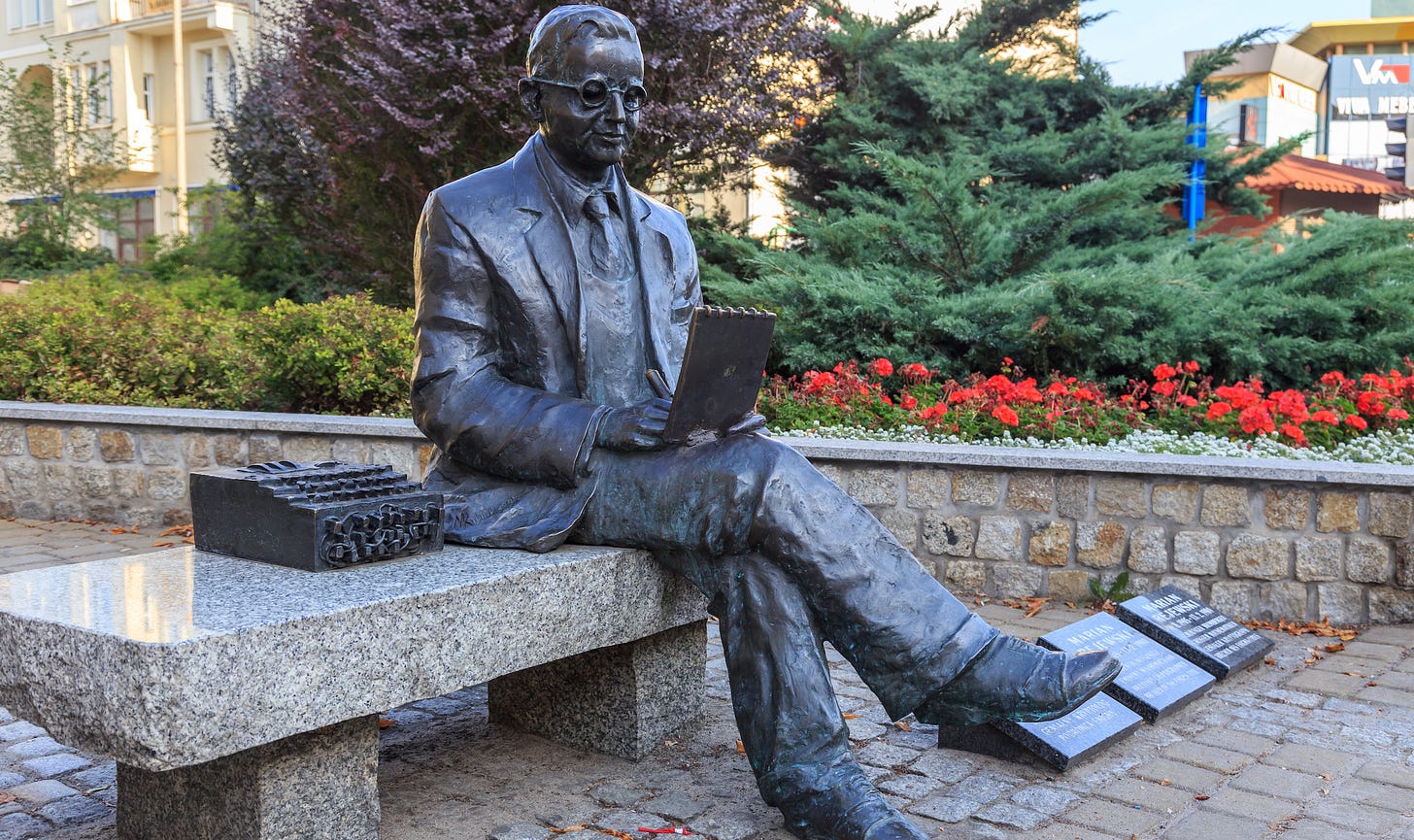In 1918, German scientist Arthur Scherbius developed a code-generating machine, called the Enigma, that would prove to be incredibly resistant to code-breaking efforts—and likely would have handed victory in WWII to the Axis powers, if not for the intervention of a team of Allied heroes.
Although the Enigma was developed in 1918, it wasn’t thoroughly tes…



